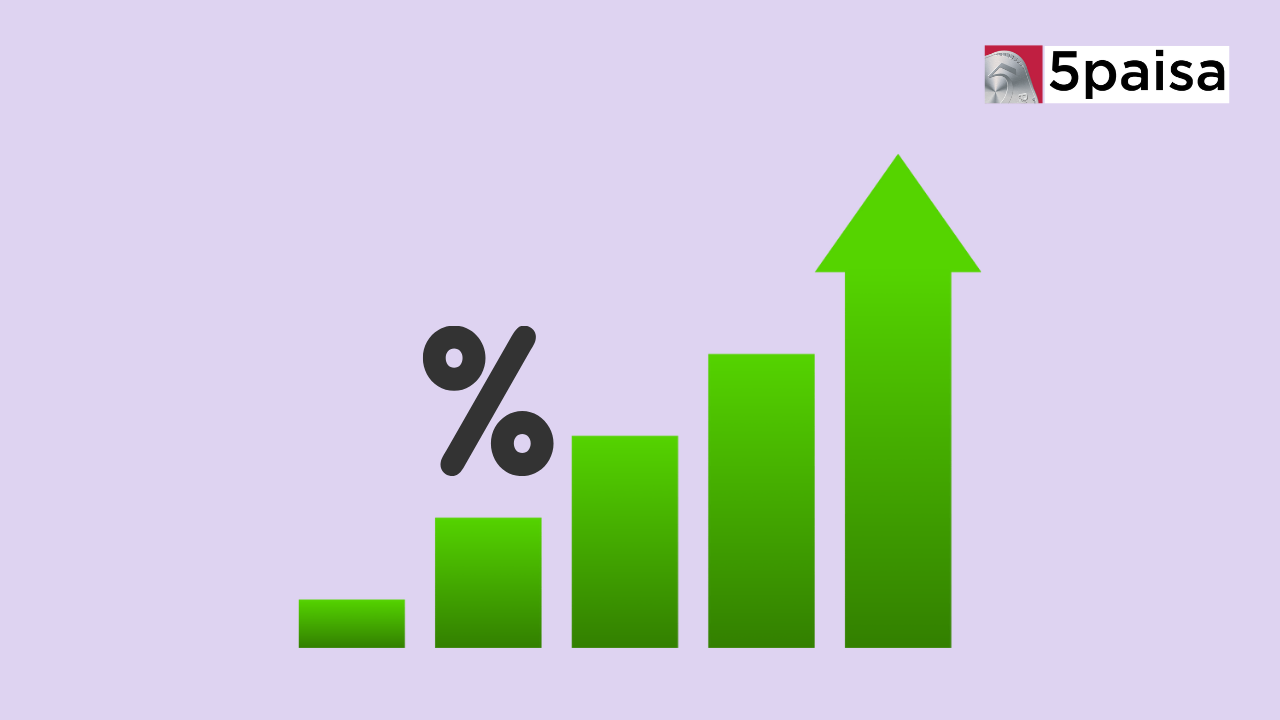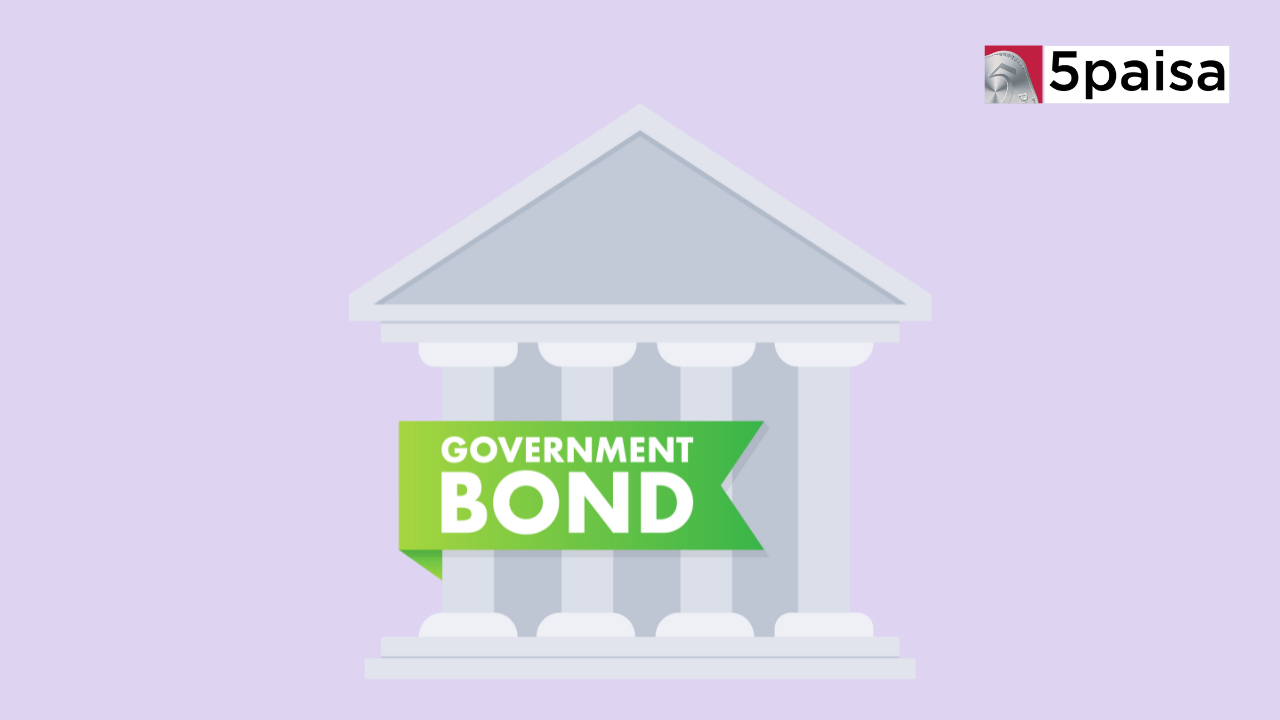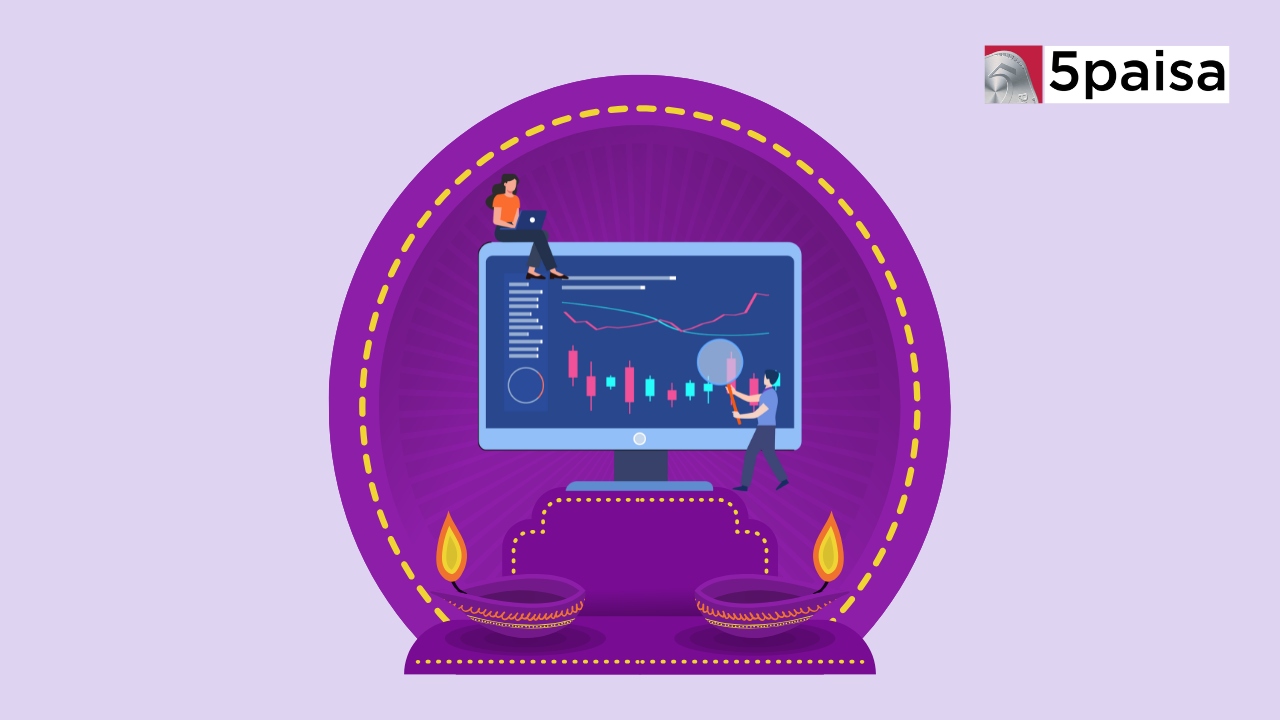Top Growth Stocks Trading at a Discount
Explained: What is a yield curve and what does it tell us about US economic outlook?

Last Updated: 27th October 2022 - 09:20 am
Over the past few weeks concerns have risen about the possibility of a recession in the US, the world's largest economy, as the US Federal Reserve continues to raise interest rates to control runaway inflation.
Fears of a recession in the US are growing at a time when Europe is already bracing for deep economic pain due to Russia's invasion of Ukraine.
So, could the US economy be hurtling toward a recession?
Well, that may well be the case if the widely watched "yield curve" signals are anything to go by.
According to a New York Times article, the current yield curve shows that the US could be headed for an economic slump.
But first, what is the yield curve?
The yield curve is a way of comparing interest rates, also known as yields, on different maturities of government bonds, from a few months to 10 years or more.
Investors typically expect to be paid more interest for lending to the government for a longer time, partly reflecting the risk of locking up money given the usual expectations for rising growth and inflation.
But short-term yields occasionally rise above longer-term yields, upending the usual situation in the bond market. It's called a yield-curve inversion, and it means investors are now effectively demanding more money to lend to the government over shorter periods of time. That is an indication investors expect economic growth to decline soon - perhaps within a year - and that the US Federal Reserve will need to cut interest rates below where they are currently to help an ailing economy.
So, what about the global economy is spooking investors?
Investors have grown increasingly worried about the global economic outlook, as roaring inflation, higher interest rates and volatile markets have destabilized the financial system.
And what about the yield curve is worrying them in particular?
One common measure of the yield curve has already inverted, with the two-year Treasury yield remaining above the 10-year Treasury yield since early July.
At times Tuesday and throughout much of Wednesday, another segment of the curve also inverted, with the three-month yield inching above the 10-year yield. Since the late 1960s, this part of the yield curve has inverted roughly a year before the start of a recession, with a range of six to 15 months, the NYT said.
How is inflation linked to the inversion in the yield curve?
At the moment, inflation is stubbornly high, with the Fed clearly communicating that interest rates need to rise even more to tackle it. As a result, expectations for where interest rates will be in three months have moved progressively higher. The three-month Treasury yield has risen from 0.05% at the end of 2021 to just over 4% on Wednesday.
And how are interest rates related to inflation?
Higher interest rates lead to lower inflation because they cool the economy by raising borrowing costs for consumers and companies. That can lead companies to rethink spending plans or lay off employees, and eventually a restricted economy can become a shrinking economy.
How high is inflation in the US right now? By when could it fall?
With U.S. inflation running so high, at 8.2% in the year through September, it may take some time before it falls in line with the Fed's target of 2%. As a result, once inflation has returned to a more comfortable level, the economy may be suffering, and the Fed will need to lower interest rates to stimulate growth again.
That's why longer-dated Treasury yields are below short-dated yields at the moment. The 10-year Treasury yield fell back to around 4% Wednesday.
Okay, so why should we in India be so worried?
It is often said that if America sneezes, the rest of the world catches a cold, and emerging markets like India are no exception.
So, if a recession hits the US, like what happened in 2008, India could see significant outflows of foreign hot money and that could take markets down with it. A recession in the US could also severely impact the prospects of companies that depend on that economy for their revenues, such as IT services and pharma exporters. All of this could have a domino effect, and quickly spiral out of control.
Trending on 5paisa
04
 5paisa Research Team
5paisa Research Team
Discover more of what matters to you.
Indian Stock Market Related Articles
Disclaimer: Investment in securities market are subject to market risks, read all the related documents carefully before investing. For detailed disclaimer please Click here.
 Sachin Gupta
Sachin Gupta Ruchit Jain
Ruchit Jain




